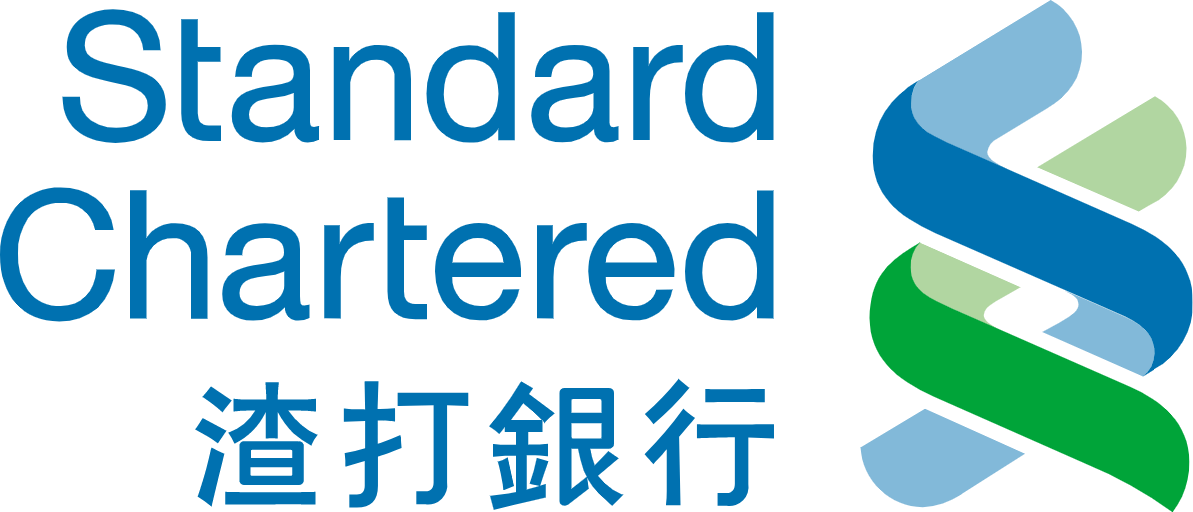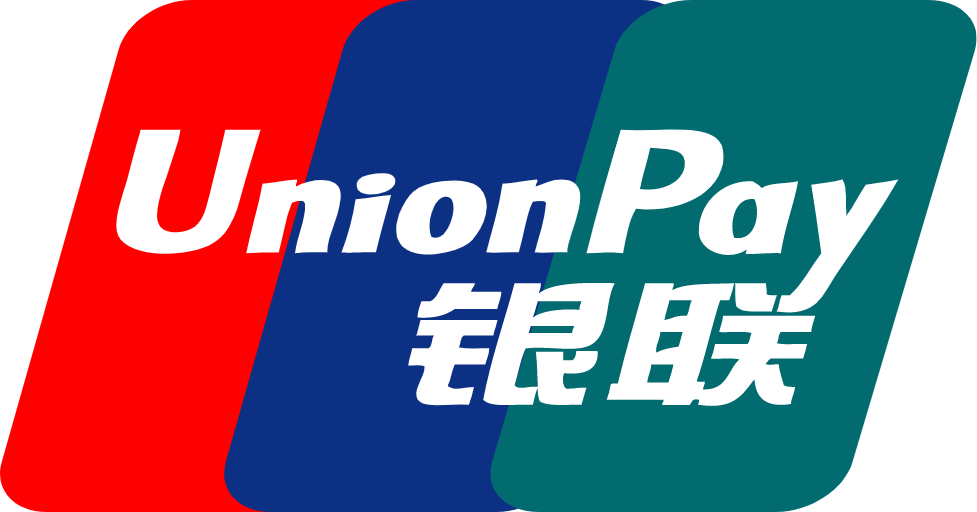To improve an independent station’s external chain and conversion rate, focus on acquiring high-quality backlinks. Websites with domain authority above 50 improve rankings by 30%. Use outreach strategies like guest posts; blogs featuring external links increase referral traffic by 18%, driving more qualified leads and sales.
Choose the right keywords
93% of all online experiences start with a search engine, and therefore, keyword optimization is not optional in external chain strategies. For example, instead of targeting general keywords like “leather wallets,” using long-tail ones such as “affordable leather wallets for women” can increase your ranking in search engines by as high as 70%. Long-tail keywords constitute about 50% of all search queries.
According to Google Keyword Planner, the phrase “organic skin care products” receives 25,000 searches a month with a CPC of $1.50, while “skin care products” receives a higher volume of 200,000 searches per month but at a much higher CPC of $3.75. Independent station owners can use tools like Ahrefs or SEMrush to analyze keyword difficulty scores; values below 40 will be easier to rank as newer websites try to gain authority.
Studies at HubSpot recorded that content focused on an exact search query resulted in businesses having a 62% higher conversion rate versus businesses targeting more general terms. For example, the term “best hiking boots for winter under $100” talks about budget sensitivity and seasonal demand, hence making it all the more likely to achieve positive results.

High quality backlinks
According to a study by Ahrefs, 91% of all websites never receive organic traffic, simply because they have no backlinks at all. With more than 50 quality GNB backlinks, the domain authority increases considerably, and thus, ranking for competitive keywords increases. For example, one study found that pages that have backlinks from authoritative sites such as news websites and universities rank 77% higher in search engine results than those without links from such sites.
In fact, according to a study conducted by Moz, links coming from a website with DA over 60 are 300% more effective than the ones from low-quality domains. For example, the backlink from a site with DA 80 may create an 80% bigger rate in referral traffic, compared to a site that has a DA of 30. A fashion-oriented website linked from a style blog or an e-commerce website will increase search relevance by 50% instead of having backlinks from totally unrelated industries like finance and technology.
Articles published in reputed blogs with clear CTA will raise referral traffic by 25% – 30%. For example, a website on health and wellness might guest post on a fitness blog with a DA of 70 and experience a 45% increase in month-over-month visitors and also a visible boost in keyword rankings. Resource link building also drives targeted traffic – think curated lists or guides. Imagine having a small business featured in a “Top 10 Sustainable Brands” guide; 15% of monthly sales could be increased by audiences interested in this.

Recommendation link
According to Nielsen, 92% of all consumers trust recommendations from friends and family above all other forms of advertising; businesses with strong recommendation links in affiliate programs realize a 20-30% increase in overall sales. Independent stations that tap into this by using influencers who recommend products could reap major benefits; 49% of consumers depend on influencer recommendations when making purchase decisions.
According to a report by Statista, 54% of social media users have bought a product after clicking on a recommended link. Facebook and Instagram were the highest-performing platforms, with conversion rates of 4.7% and 3.1%, respectively, against the average e-commerce rate of 2.86%. For example, one lifestyle brand increased its CTR for personalized recommendation links sent via Instagram Stories by 35%, as compared to static posts.
In one case study conducted by HubSpot, adding personalized links in email nurturing campaigns increased open rates by 14% and improved click-through rates by 10%, versus their generic counterparts.For instance, a stand-alone fitness equipment store lifted conversions to 6% through making personalized links about products in line with past purchases: “Recommended products for your yoga practice.” 83% of satisfied customers will refer friends to a brand if they have some incentive such as discounts or special content.

Blog link
According to studies done by HubSpot, companies that blog more frequently see 55% more website traffic and are 13 times more likely to realize a positive return on investment than those businesses that do no blogging. Besides this, internal and external blogging can raise the on-site time by a maximum of 40%, which helps in enhancing user experience metrics and search engine results. For example, a website had 18% fewer bounce rates by placing links to their blogs in appropriate places; that is a good indication of when traffic will go to view further pages.
According to Moz, such blog articles that link to other authoritative websites, with more than 50 domain authority, get to enjoy 30% more search engine rankings than links from low-traffic sites or those irrelevant to the sources. For example, a blog post about sustainable fashion that links out to well-known environmental organizations saw a 25% increase in links from other sites, further boosting its authority. Similarly, adding links to internally well-optimized content-say, product pages-can help drive conversions. One e-commerce site increased sales by 15% by adding strategically placed internal links within their blog posts.
In fact, according to a study by the Content Marketing Institute, articles featuring three or more external links receive 97% more inbound links on average. One technology company, for instance, has created weekly blog posts, each linked to relevant case studies and tutorials within their industry. They reported a 40% gain in month-to-month traffic after just six months.
correlation
A strong positive correlation exists, with r=0.80, between referring domains and organic search traffic. For example, websites that have links from at least 50 unique domains report a 35% higher rate of organic traffic compared to sites with fewer links. For example, one ecommerce site that aggressively built external links from industry blogs and directories increased its monthly visitors by 28%, y.
Quality of links also correlates quite well with search rankings. According to a study by Moz, pages with backlinks from high-authority domains, on average, rank 31% higher than pages with links from low authority sources. One digital marketing company that channeled efforts into acquiring backlinks from websites with a domain authority of more than 60 saw its ranking for targeted keywords increase by 45% in six months.
Another critical factor is the relevance of the link to the users. Data from SEMrush shows that GPN backlinks from contextually relevant sources have a 22% higher click-through rate compared to generic links. For example, a health e-commerce website linked from a fitness blog saw an 18% increase in referral traffic and a 12% rise in conversions since such visitors had already been primed through the niche of the content.
diversity
Websites that had a more diversified backlink profile-links coming from different domains, industries, and platforms-achieved 40% better search engine rankings compared to websites relying on a small number of sources. For example, a technology blog that managed to build links from educational websites, forums, news outlets, and niche industry directories increased its organic traffic by 35%, within six months.
In other words, websites receiving backlinks from three or more industries saw a 25% higher click-through rate compared to sites linked solely within their niche. For instance, an e-commerce website selling green products saw a 20% increase in sales after gaining backlinks from environment blogs but also finance and lifestyle websites, therefore targeting more audiences.
82% of users trust websites linked to reputed, diverse sources. To support this, a case study by SEMrush shows that those businesses which created links from both high-authority domains, DA 70+, and niche-specific blogs managed to increase their domain authority up to 15 points in one year. For example, a health and wellness platform that gained links from medical journals, fitness influencers, and recipe sites saw a 50% increase in user interaction due to diverse links acting as a vote of confidence for their expertise on related topics.
authority
High-authority domains (DA 70 or higher) increase the rate of organic traffic by 56% more compared to low-authority sources. For example, one small business was able to acquire links from great sources like industry-specific news websites that resulted in a 40% increase in the search engine rankings in less than six months.
In fact, there is a probability that the websites with at least 100 high-authority backlinks will rank on the first page of Google, increasing by about 77%, unlike those having less links. For instance, a fashion e-commerce platform partnered with popular blogs and influencers for backlinks, increasing its conversion rates by up to 30%.
Data from SEMrush has shown that websites generating backlinks from three or more top-tier domains enjoy a higher domain authority score of 25% and 20% increased referral traffic compared to websites having this from a single source. As it were, a tech company that secured backlinks on education platforms, government websites, and highly reputable tech blogs recorded an increase in traffic quality of 50 percent; the duration spent on the site became longer, the bounce rate decreased, and more.










